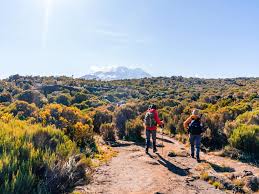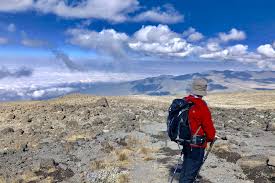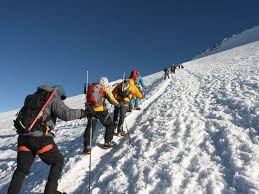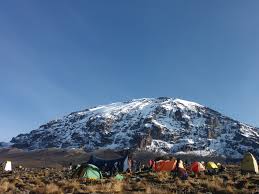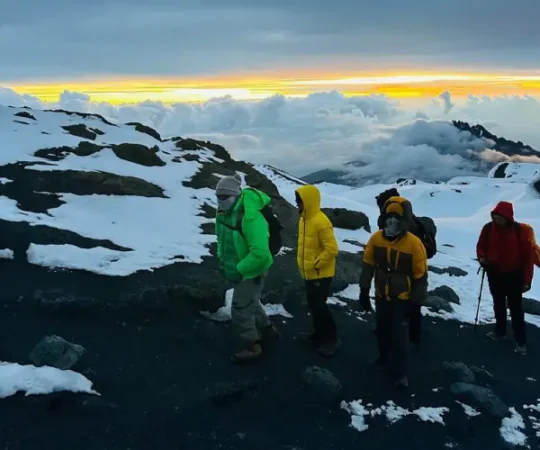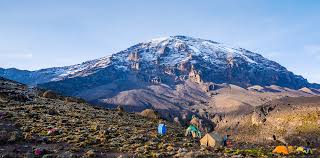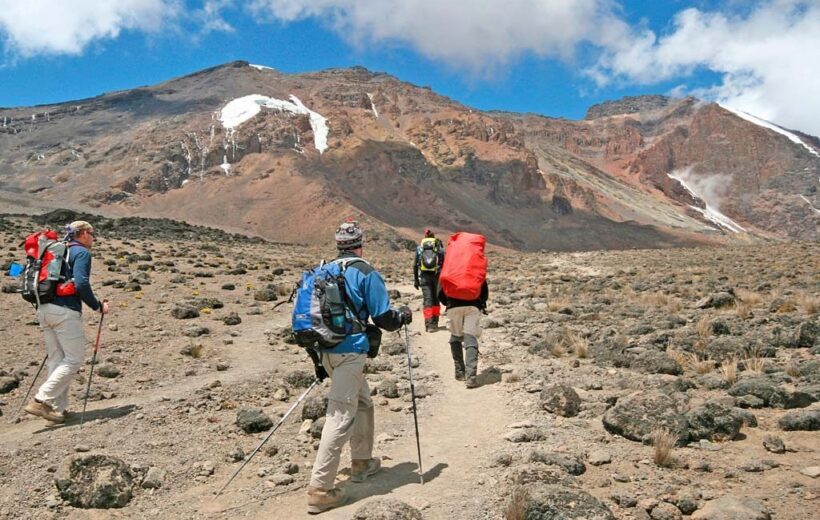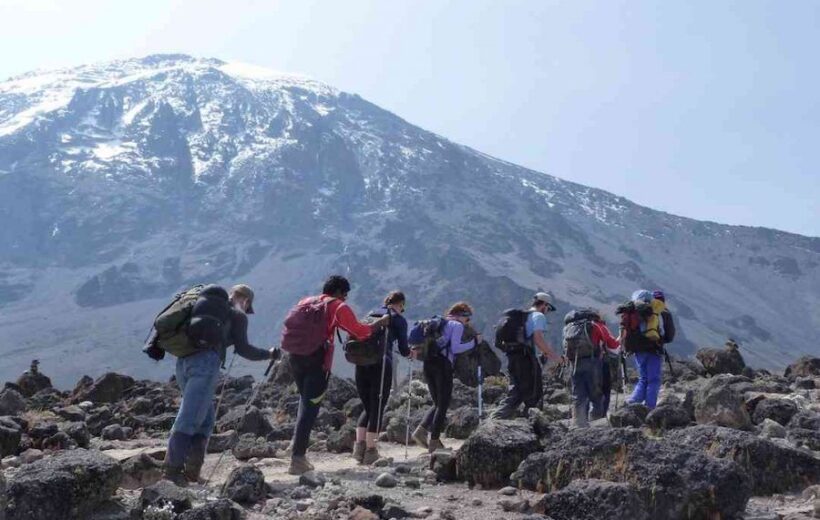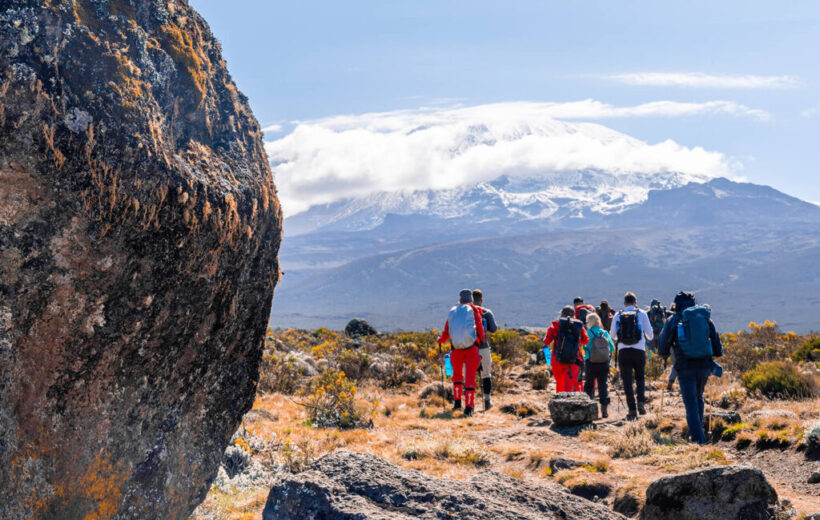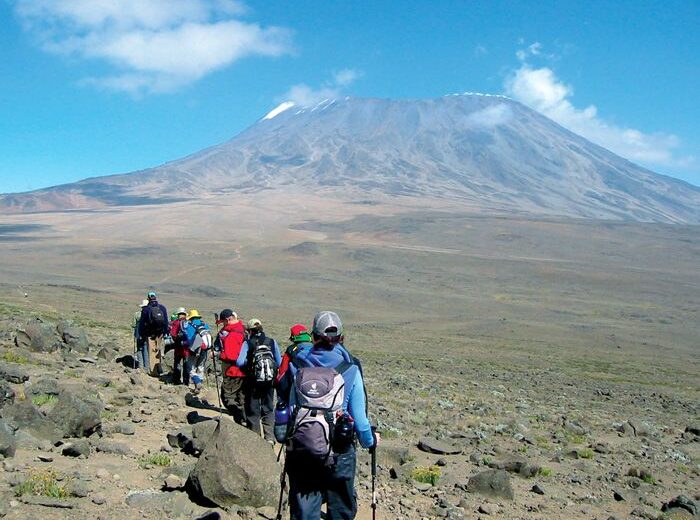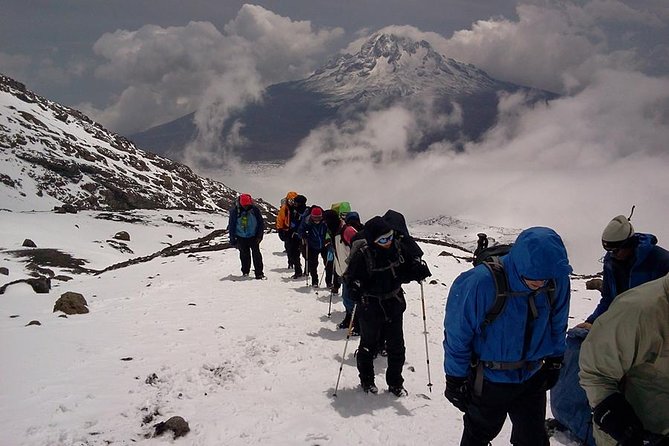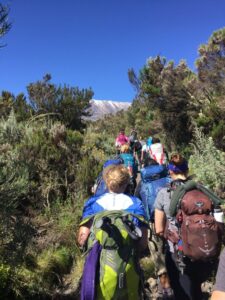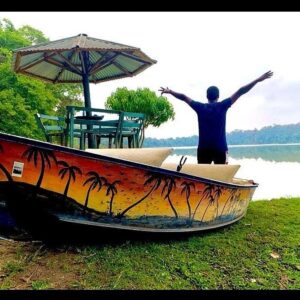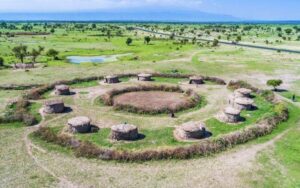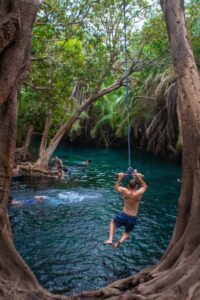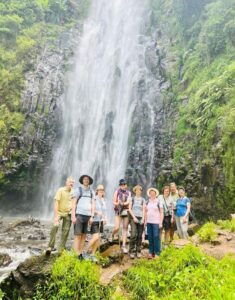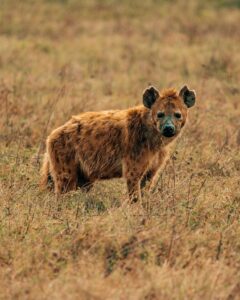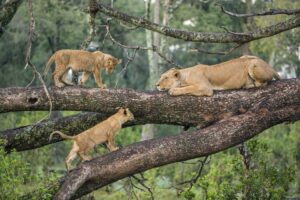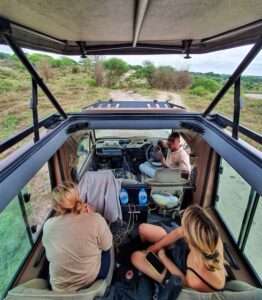9 Days Northern Circuit Route Trek
Price
Min Age
Duration
Max People
Overview
The 9-Day Northern Circuit is the longest and most comprehensive route on Mount Kilimanjaro, offering an unparalleled opportunity for acclimatization and exploration. This route is considered the "best of all worlds" as it combines the scenic beauty of the Lemosho Route's initial days with a complete circumnavigation of the northern side of the mountain, a region rarely visited by other trekkers. Its length and gradual ascent profile provide the highest summit success rate of any Kilimanjaro route. The trek is less crowded and offers stunning panoramic views of both the mountain and the surrounding landscapes of Kenya. It's the ideal choice for adventurers who have the time and desire for a peaceful, immersive, and highly successful climb.
Highlights
- The highest summit success rate of all Kilimanjaro routes.
- A complete 360-degree circumnavigation of Mount Kilimanjaro.
- Trekking on the secluded northern side of the mountain, which is rarely seen by other climbers.
- Experiencing all of Kilimanjaro's diverse ecosystems, from rainforest to alpine desert.
- Enjoying panoramic views of the vast plains of Kenya.
- A high-altitude acclimatization day that significantly reduces the risk of altitude sickness.
Other Important Information
- Success Rate: The 9-day Northern Circuit boasts a summit success rate of 95-98%, making it the safest route for reaching the top.
- Difficulty: While the Northern Circuit is the longest route, it is considered of moderate difficulty due to its gentle and extended acclimatization profile. It's more about endurance than steep, strenuous climbing.
- Acclimatization: The route provides an excellent "climb high, sleep low" profile and has an extra day dedicated entirely to acclimatization, which is the key to its high success rate.
- Accommodation: All nights on the mountain are spent in tents. The campsites on the northern side are remote and very quiet.
- Physical Fitness: A good level of physical fitness and endurance is required to handle the long trekking distances. Prior hiking experience is beneficial but not essential.
Route Map
Tour Plan
Day 1: Londorossi Gate (2,100m) to Mti Mkubwa Camp (2,895m)
The trip begins with a scenic drive from Moshi to Londorossi Gate, where you will complete all registration formalities. From the gate, you will drive to the Lemosho trailhead. The trek starts by winding through the pristine rainforest. The path is gentle and provides an opportunity to spot wildlife, including the black-and-white Colobus monkey. You'll arrive at Mti Mkubwa ("Big Tree") Camp in the afternoon.
- Trekking Time: 3–4 hours
- Distance: 6 km (3.7 miles)
Day 2: Mti Mkubwa Camp (2,895m) to Shira 1 Camp (3,505m)
Today's trek is a steady ascent as you leave the rainforest and enter the moorland zone. The landscape opens up to reveal views of Kibo's peak and the Shira Ridge. The path is a gradual and consistent climb across lush hills and streams. You'll reach Shira 1 Camp, located on the ridge of the Shira Plateau, with your first expansive views of the mountain.
- Trekking Time: 5–6 hours
- Distance: 8 km (5 miles)
Day 3: Shira 1 Camp (3,505m) to Shira 2 Camp (3,810m)
This is a short but important day for acclimatization. You'll take a gentle walk across the high, flat Shira Plateau, a landscape formed from the collapsed third volcanic cone of Kilimanjaro. The unique environment is home to giant Senecio plants and offers excellent photo opportunities. You'll have the option for a short acclimatization hike to Shira Cathedral, a dramatic volcanic plug, before settling into Shira 2 Camp.
- Trekking Time: 3–4 hours
- Distance: 7 km (4.3 miles)
Day 4: Shira 2 Camp (3,810m) to Moir Hut (4,206m)
Today you will leave the main Lemosho trail and begin the Northern Circuit proper. The path heads north and is less traveled. You'll trek across the rugged alpine desert, passing through the "Garden of the Senecios." The trail is a series of gentle inclines and declines as you circumnavigate the northern slopes of Kibo. You'll arrive at Moir Hut, a secluded and scenic campsite.
- Trekking Time: 5–7 hours
- Distance: 14 km (8.7 miles)
Day 5: Moir Hut (4,206m) to Buffalo Camp (4,020m)
You'll continue your journey on the remote northern side of the mountain. The trail climbs moderately before descending, following a series of inclines and declines. You'll pass through a beautiful arid landscape with unique rock formations. The views of the Kenyan plains to the north are spectacular and often seen without any other trekkers in sight. You'll arrive at Buffalo Camp for the night.
- Trekking Time: 5–7 hours
- Distance: 12 km (7.5 miles)
Day 6: Buffalo Camp (4,020m) to Third Cave Camp (3,800m)
The trek today is shorter and serves as another excellent acclimatization day. You'll climb up the Buffalo Ridge and then descend to Third Cave Camp. The path is generally easy to follow and continues to offer stunning, sweeping views of the northern slopes. By now, you should be feeling well-acclimatized to the altitude. The camp is located in a sheltered position, providing a good place to rest.
- Trekking Time: 4–5 hours
- Distance: 8 km (5 miles)
Day 7: Third Cave Camp (3,800m) to School Hut (4,750m)
Today is a significant day as you leave the northern circuit and head directly to the summit base camp. You'll trek across "The Saddle," a wide, barren plateau between Kibo and Mawenzi peaks. The landscape is a high-altitude desert with no vegetation. The climb is a steady, continuous ascent to School Hut, where you will have an early dinner and prepare for the final summit push tonight.
- Trekking Time: 4–5 hours
- Distance: 5 km (3.1 miles)
Day 8: School Hut (4,750m) to Uhuru Peak (5,895m) & Millennium Camp (3,950m)
The most challenging day begins just after midnight. You'll start the long and difficult climb in the dark and cold, navigating a path of loose volcanic scree. The ascent to Gilman's Point on the crater rim is extremely demanding. You'll reach the rim as dawn breaks, providing an incredible sunrise view. From there, it's a flatter walk along the crater rim to Uhuru Peak, the highest point in Africa. After a short celebration, you'll begin your descent, first back to School Hut for a quick rest, then continuing all the way down to Millennium Camp for your final night on the mountain.
- Trekking Time: 11–14 hours
- Distance: 17 km (10.6 miles)
Day 9: Millennium Camp (3,950m) to Mweka Gate (1,640m)
On your final day, you'll have a gentle but long descent through the lush montane rainforest. The trail can be slippery, so trekking poles are highly recommended. You'll reach Mweka Gate, where you will sign out of the park and receive your official summit certificate. A vehicle will be waiting to transfer you back to your hotel in Moshi for a celebratory dinner and a well-deserved rest.
- Trekking Time: 3–4 hours
- Distance: 10 km (6.2 miles)
Included/Excluded
- All park fees, including camping and rescue fees.
- Professional, licensed, and experienced mountain guides, a cook, and porters.
- All meals on the mountain (breakfast, lunch, and dinner).
- Drinking water.
- Tents and camping equipment.
- Transfers to and from the gate.
- International flights.
- Tanzania visa fees.
- Travel and medical insurance (including high-altitude trekking coverage).
- Personal climbing gear (e.g., sleeping bag, boots, trekking poles)
- Tips for the guides, porters, and cook.
- Alcoholic beverages and soft drinks.
- Personal expenses.
Tour Map
Frequency Asked Questions
How high is Mount Kilimanjaro?
Do I need prior climbing experience to trek Kilimanjaro?
What is the best time to climb Kilimanjaro?
Which route is the best for climbing Kilimanjaro?
How long does it take to climb Kilimanjaro?
Depending on the route, treks range from 5 to 9 days. Longer routes provide better acclimatization and higher summit success rates.
Do I need a guide to climb Kilimanjaro?
What is altitude sickness and how can I avoid it?
Altitude sickness is caused by reduced oxygen at higher elevations. Choosing longer routes, staying hydrated, and ascending gradually help reduce the risk.
What should I pack for a Kilimanjaro climb?
How fit do I need to be to climb Kilimanjaro?
What happens after the climb?
You may like
Book This Tour
Last Minute Deals
Why You Travel with us ?
- Local Expertise
- Tailor-Made Safaris
- Unforgettable Experiences
- Professional Safari Guides
- Comfort & Safety
- Affordable Packages
- Responsible Tourism
- 24/7 Support
- Diverse Destinations
- Trusted Reputation

